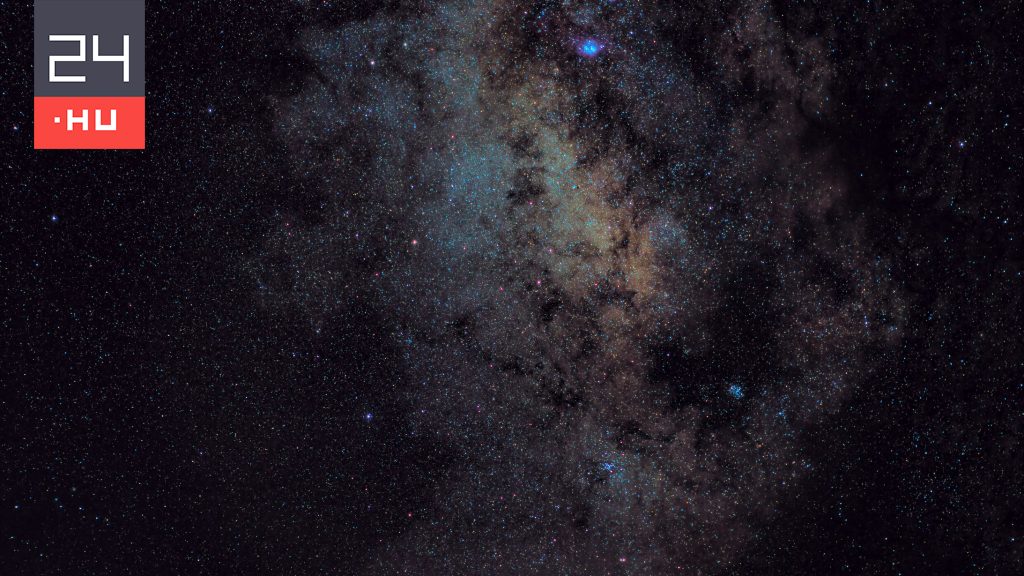The largest and most detailed map of dark matter is completed, writes MTI, citing BBC. The results surprised the researchers, as the material appears to be much more consistent and expansive than previously thought. Data from the DES (Dark Energy Survey Collaboration) is different Albert Einstein From his general theory of relativity.
Although 84.5% of the matter in the universe is dark matter, experts have found indirect gravity-based evidence for its existence. Dark matter is probably five times more common than ordinary matter, and plays a role in holding galaxies together, but does not emit detectable radiation.
Niall JefferyA staff member at the French higher education school École Normale Supérieure and a collector of the map said the result was a serious challenge to physicists.
If the contradiction was true, then perhaps Einstein was wrong.
You might think it’s a bad thing if physics is flawed. But for a physicist, this is very exciting. This means we can learn something new about what the universe really is, ”the expert said.
Using the Victor M. Blanco Telescope in Chile, the research team observed hundreds of millions of galaxies. The map shows how dark matter is spread throughout the universe. According to Geoffrey, based on their results, galaxies are part of a larger, unseen structure. He stressed that “no person in human history has been able to look at space to this extent and see where dark matter is.”
However, the new map did not fully show what astronomers expected. Based on measurements taken from the Planck satellite, experts had an accurate idea of the size of matter 350,000 years after the Big Bang. Building on Einstein’s theory, researchers have developed models that can be used to infer how matter will be dispersed over the next 13.8 billion years. However, the data from the current study differed slightly from the models and materials distributed very evenly.












































